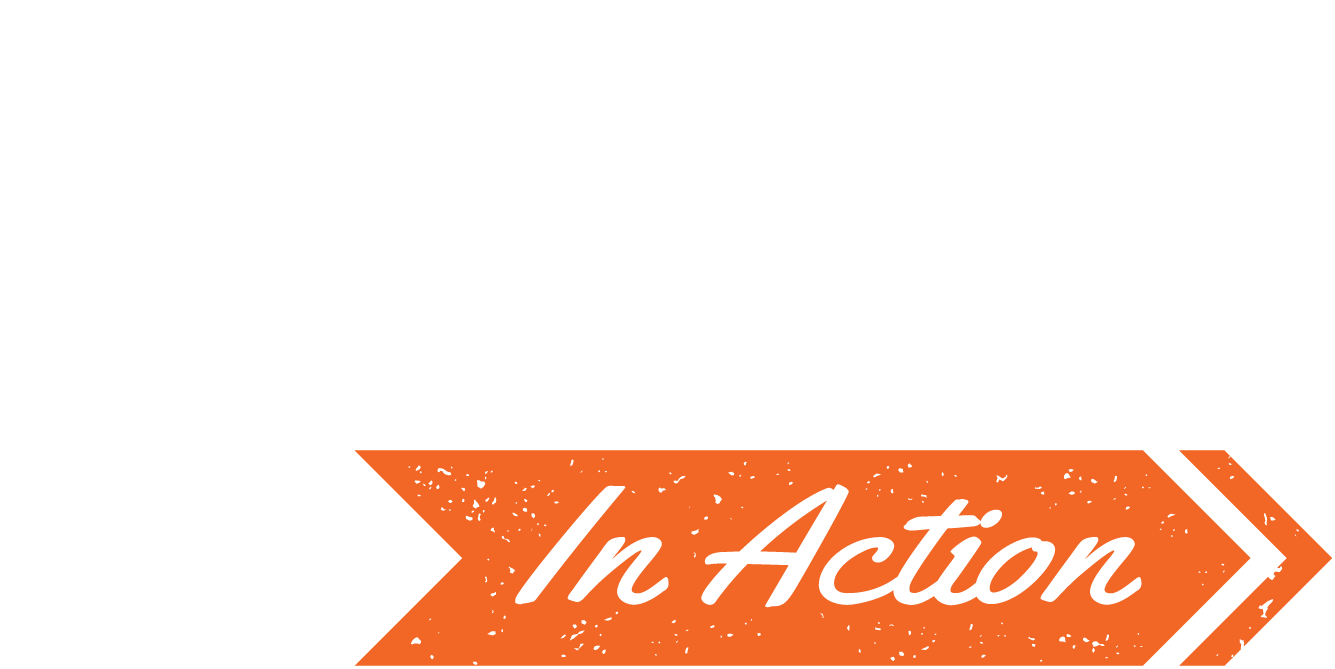- ABM Analysis
ABM success requires a strong relationship between sales and marketing — both teams must support each other in order to deliver an exceptional experience throughout the entire customer lifecycle. During her session at the B2B Marketing Exchange, author and sales enablement expert Pam Didner shared several approaches that support sales enablement for ABM programs, including how to leverage content better and ensure sales is using it to its full potential.
ABM In Action caught up with Didner following B2BMX to learn more about how organizations can alleviate sales and marketing misalignment, better leverage content across teams and more.
ABM In Action: Sales and marketing alignment is a common challenge for ABM practitioners. Why do you think this is still a struggle and what are your solutions to alleviate it?
Pam Didner: Fundamentally, sales and marketing have different goals. Sales focuses on short-term quotas, while marketing focuses on building awareness and nurturing prospects, which has a more long-term goal. In addition, marketing outreach aims at the top and middle of the purchase funnel, while sales are all about closing deals, which is the bottom of the funnel.
The trick is to find commonalities in misalignment. Can sales and marketing work on the same key initiatives as a starting point? This can include identifying and working on content mapping based on the sales stage. Frankly, ABM is a great way for sales and marketing to work together — have the same goal to go after key accounts by leveraging sales engagements and customized marketing outreach and double the outreach to increase the probability to close the deals.
ADVERTISEMENT
ABMIA: During your session at the B2B Marketing Exchange, you shared a variety of approaches that support sales enablement for ABM programs. Out of the bunch, which one would you say is most important/crucial for a successful ABM program and why?
Didner: In my session, I shared case studies of one-to-one, one-to-few and one-to-many ABM examples. You need to have conversations with your sales team on the approach of ABM. Each one of them has its merits. One of the key elements for marketing in ABM is to understand and gather account-specific insights. As marketers, we all know our buyers’ personas well. To do ABM well, you need to know your account contacts well. Arm yourself with that intelligence to drive a product conversation with your sales team and determine the approach and the list of contact names.
Both sales and marketing also need to agree on ABM metrics based on their marketing campaign elements. With the agreed-upon approach, contact lists and success metrics, teams are able to determine how to customize their messaging, personalize content and tailor their creative and campaign elements. Everything is tightly connected in ABM.
ABMIA: How can organizations better leverage content between sales and marketing?
Didner: It took me a while to understand that marketing content and sales content are different. You can’t push marketing content to sales without putting your content in the proper sales context. It’s important to understand how your sales team sells your company’s products and services. It’s also vital to understand the rejections and challenges that they encounter at each stage. With that understanding, you can select marketing content that will fit sales’ needs. In many cases, you may need to customize content. In general, white papers, solution briefs, case studies and data sheets are very helpful to the sales team. Understand how salespeople sell and the process they follow and recommend or modify the content accordingly.
ADVERTISEMENT
ABMIA: How can practitioners ensure sales is using the right content for target accounts?
Didner: Well, this is a bit of art and science. We can’t tell salespeople what to do. They need to make decisions based on the situations and discussion they are in at that time. The key is to make sure that salespeople know where to find content. It’s important not to just have the content, but to tag, classify and structure the content in a way for salespeople to find them. Having a sales content library is essential.
ABMIA: What tips/best practices would you share with teams just starting out with ABM?
Account-based marketing is all about accounts. You need to truly study and understand the accounts to provide insights in a way that your sales team can understand. Gather as much information as possible. Understand the account’s firmographics, technographics, purchase intent, engagement history and sales team’s input. Internalize that knowledge, then determine marketing’s game plan with a martech stack to support the accounts.
In addition, you need to have tools to track the progress and engagement with account contacts. At the same time, stay close with the sales team. It’s a lot of work to do it right and requires close collaboration with your sales team and marketing peers with processes and tools.
Continue Reading

Follow Us On
© 2024 Emerald X, LLC. All Rights Reserved



